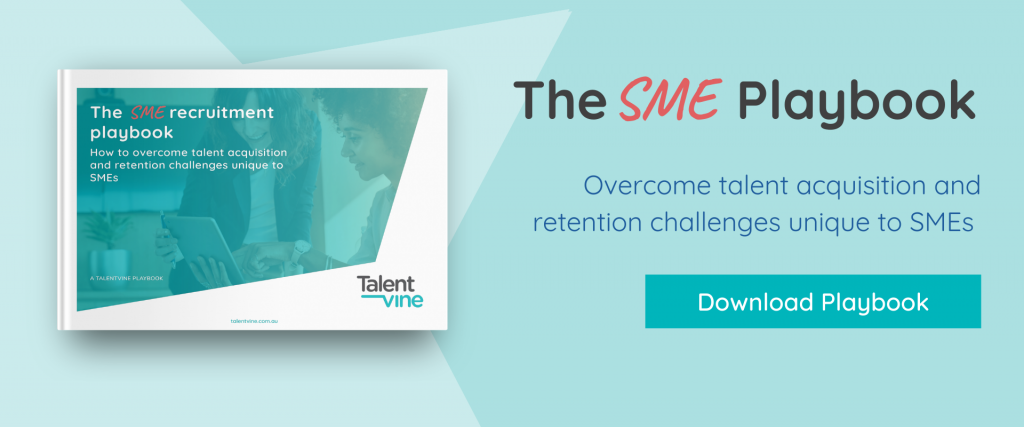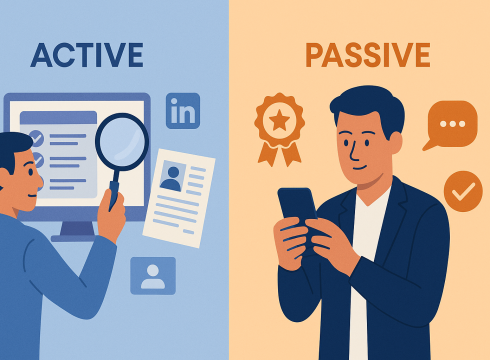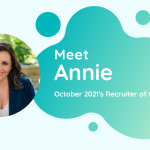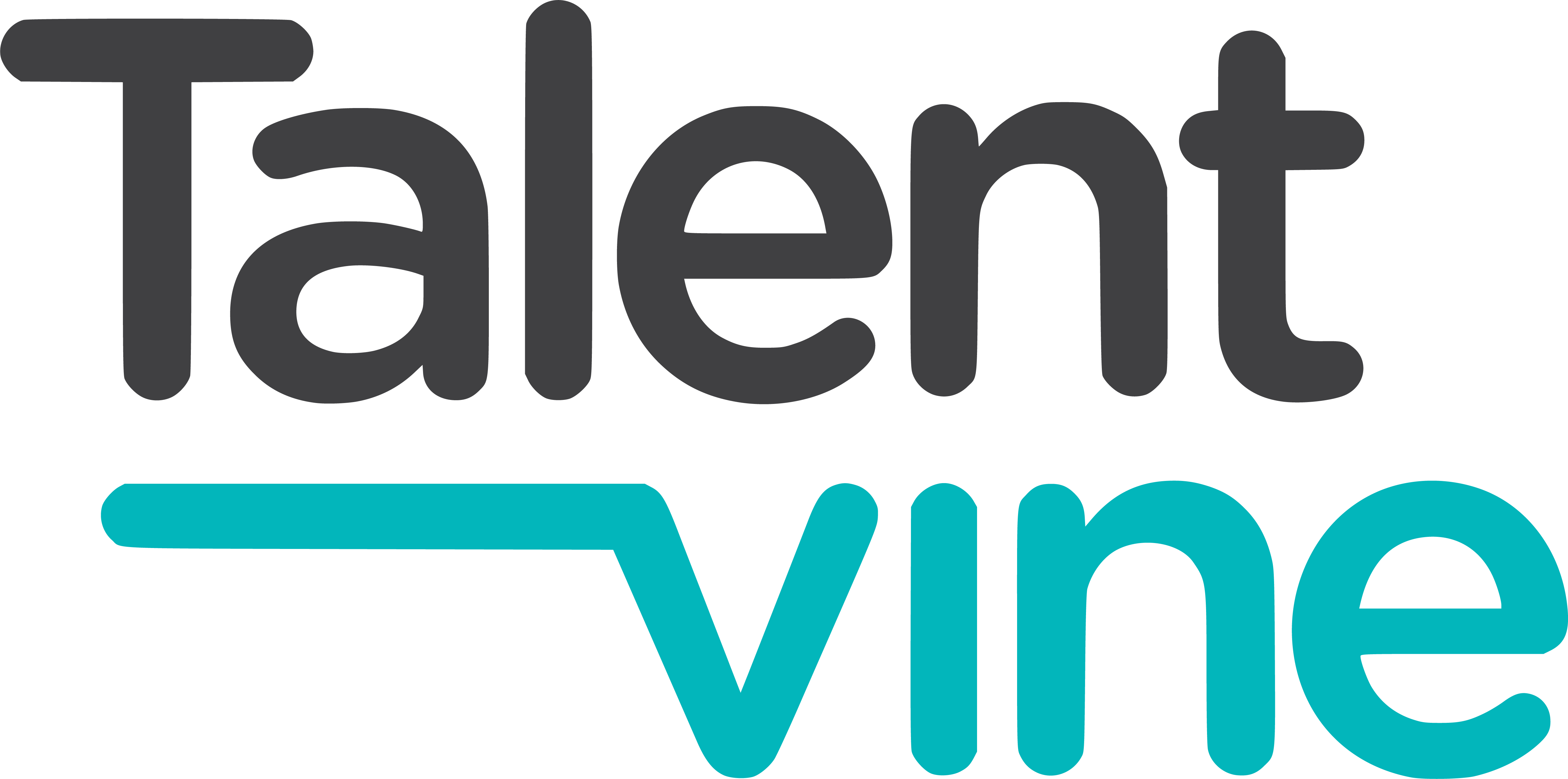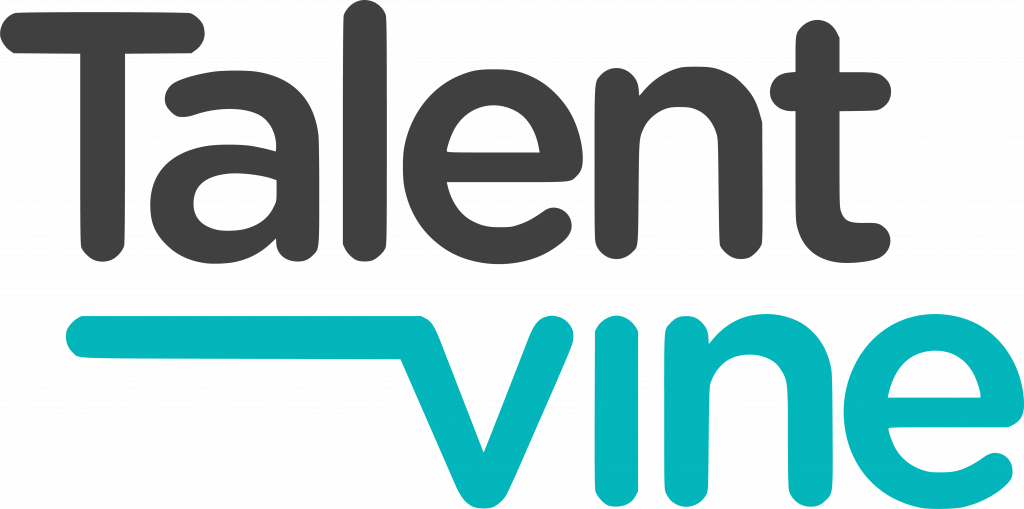We often talk about inclusive hiring as something positive that we should strive for. But what actually is it, and how can you implement practices to ensure your organisation recruits in a way that is fair for all?
Many companies are committed to building inclusive work cultures, and rightfully so, but without a plan to support this initiative there is room for unconscious biases to slip in, particularly when hiring.
Fortunately, there are processes that you can put in place to minimise this possibility and create a diverse, equitable, and inclusive workplace.
What is inclusive hiring?
Inclusive hiring is a process of recruitment that recognises the importance of diversity in the workforce, embracing the need for diverse candidates. Hiring practices reflect this by aiming to create a level playing field that overcomes unconscious biases.
It’s more than just seeking out candidates of a different race or gender. Inclusive hiring is about taking into account the needs of all, including people with cognitive differences, socio-economic status, educational backgrounds, and more.
Not only is inclusiveness and diversity the right thing to do, but having a team that fosters this positive environment can also help your organisation to generate new ideas and work more productively.
The benefits of inclusive hiring practices
Hiring with inclusive practices benefits both the candidates and the company. By expanding your hiring horizons, inclusive hiring practices will give your company the best chance of finding the perfect candidate.
Additionally, diverse teams are better at problem-solving as different team members present different points of view. An inclusive and diverse team will also be able to better relate to customers, collaborate with each other, innovate, and ultimately, make more money.
So what can we do to ensure we’re building these effective and equitable teams? Here are 5 inclusive recruitment practices to get you started.
Start With the Job Description
Often the first impression a candidate gets of your company is from the job listing, so you need to paint yourself in the best light. Seemingly innocuous things such as language may actually drive off potential candidates and narrow the talent pool down before you even start. Avoid using words or phrases that may exclude some groups. For example, “The ideal candidate will have x years of experience behind him” excludes any women who may be interested.
Another point to consider is how specific your requirements are. Review the list and remove any that are unnecessary or unreasonable. Harvard Business Review reports that while most men will apply for a job they are 60% qualified for, most women will only apply if they meet 100% of the listed requirements.
Setting the bar too high can dissuade many candidates who are just as qualified, if not more so, than the ones who apply.
Another way to make the listing more inclusive is to add equivalencies. You’ll have many more candidates with a ‘bachelor in marketing or equivalent’ than just a ‘marketing degree.’ Perhaps a candidate comes from a background in which a bachelor’s degree was not an option, or followed an unconventional career path.
It also helps to have another set of eyes read your listing over and pick up anything you may have missed.
Educate your Existing Team Members
The hard part about tackling unconscious biases in hiring is that they’re… unconscious. Educating yourself and your team on what these biases may look like goes a long way to eliminating them. For your team, providing this education on the benefits of inclusivity and diversity may also convince them to make the conscious decision to promote inclusivity.
Don’t limit this education to just the hiring managers and talent acquisition specialists. Your entire team can benefit from this, as inclusivity does not end after hiring a candidate. Creating a positive environment is just as important, and all of your existing team members contribute to making the workplace feel inclusive and diverse.
Review your Employer Branding
It’s impossible to open your organisation up to a diverse range of candidates if a diverse range of candidates don’t choose to apply. Your employer brand has a strong effect on who is interested, and you want to ensure people who see your company from the outside know you’re an inclusive workplace.
If you’ve got an inclusive and diverse team, be transparent and make it known! Share your DE&I statement or hiring objectives – candidates will trust you much more when they see that you’re not just all talk.
Utilise Diverse Interview Teams
Following on from the previous point, conducting interviews with a diverse group of team members helps eliminate potential biases held by any individual. It also creates a more welcoming environment for candidates from diverse backgrounds if they see you aren’t a homogenous group. As a resullt, they know that they’ll fit right in!
As an added bonus, just as diversity brings new thinking to your work day-to-day, you’ll also get this during your interviews. With different questions, new insights, and multiple perspectives on all of your candidates, your vetting process will be greatly improved.
Consider Blind Hiring
Blind hiring involves removing any personal information from a CV before it is reviewed. This can include any information that may be potentially subject to bias. For example, mentions of gender, dates that may reveal age, and locations that may divulge a candidate’s background should be removed.
Receiving your candidates in an anonymised way ensures that no bias, either conscious or unconscious, comes into play when shortlisting your candidates for an interview.
On TalentVine, implementing Blind Hiring is as easy as clicking a checkbox. You’ll still receive the same range of expert recruiters and the same seamless applicant tracking system, with all candidates’ personal information removed. TalentVine also has a panel of recruiters who specialise in candidates from underrepresented groups. Choose from the best of these consultants with recruiter ratings, reviews and past roles on TalentVine’s Recruitment Marketplace.
Key Takeaways
So, those are our best 5 inclusive hiring practices. Revamping your job descriptions, educating existing team members, reviewing employer branding, using diverse interview teams and implementing blind hiring are just some of the ways in which you can do this. Improving diversity, equity, and inclusiveness is a company-wide initiative, and recruitment serves as an important first step.
Of course, tackling inequality is not always easy, and many employers may have trouble knowing how to go about it. Partnering with an expert recruiter can eliminate much of this concern, taking care of finding and attracting your ideal candidates.
See how TalentVine can help you create an inclusive, diverse workplace.

